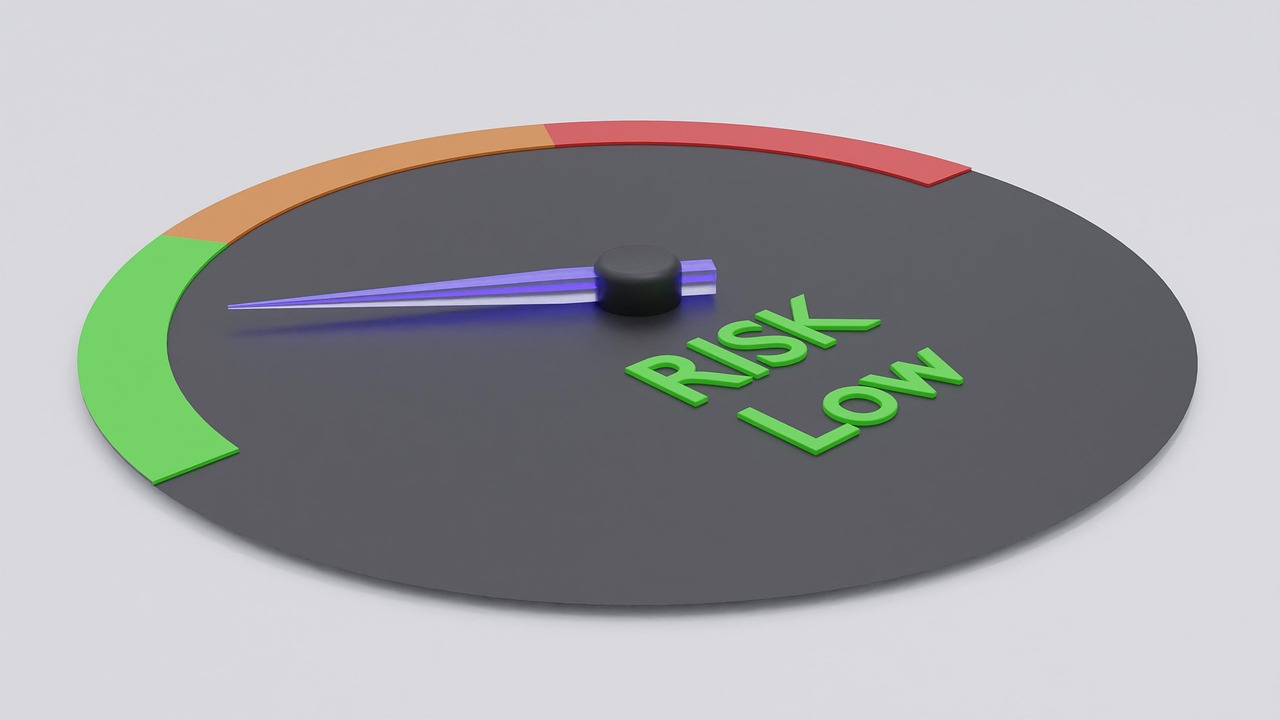Balancing Innovation and Risk Management in Business and Industrial Practices
The business landscape is ever-evolving, driven by new technologies, changing customer expectations, and global economic shifts. As organizations navigate this terrain, one challenge emerges prominently: the need to balance innovation and risk management. This article delves into this dynamic, exploring its historical context, current trends, and practical implications for businesses and industries.

A Historical Perspective: The Innovation-Risk Dilemma
Historically, innovation and risk management have been viewed as opposing forces. Innovation, with its focus on novelty, change, and uncertainty, was often seen as incompatible with risk management’s mandate to minimize uncertainty and prevent losses. However, this perspective has evolved significantly. In the increasingly competitive and unpredictable business environment, the ability to innovate while managing risks effectively has become a critical success factor.
The Current Landscape: Emphasizing Balanced Approach
In today’s business world, the balance between innovation and risk management is more critical than ever. Businesses are under constant pressure to innovate to stay competitive, while also ensuring they are not taking on too much risk. This balancing act requires companies to adopt a proactive approach, identifying potential risks in their innovation processes and taking steps to mitigate them.
Impact and Benefits of a Balanced Approach
A balanced approach allows businesses to reap the benefits of innovation while ensuring risks are adequately managed. For instance, it enables companies to create new products and services that meet customer needs, without exposing themselves to unnecessary financial or operational risks. Similarly, it allows businesses to identify and exploit opportunities in the market, while also putting measures in place to manage potential threats.
Challenges in Achieving Balance
Achieving the right balance between innovation and risk management is easier said than done. It requires a deep understanding of the business environment, as well as a robust risk management framework. Moreover, it requires a culture that encourages innovation while also recognizing the importance of risk management.
Research-backed Insights
Research supports the need for a balanced approach to innovation and risk management. A study by the Risk Management Society found that companies with a high level of risk maturity – a measure of their ability to manage risks effectively – were more likely to be successful in their innovation efforts.
Practical Insights for a Balanced Approach
- Encourage a culture that values both innovation and risk management.
- Develop a robust risk management framework that includes processes for identifying and mitigating risks in your innovation efforts.
- Continuously monitor and adjust your balance between innovation and risk management, based on changes in your business environment.
In conclusion, striking a balance between innovation and risk management is crucial in today’s business environment. It requires a shift in mindset, viewing these two aspects not as opposing forces, but as two sides of the same coin. By doing so, businesses can drive growth and competitiveness, while also ensuring they are well-equipped to manage the risks inherent in their innovation efforts.





